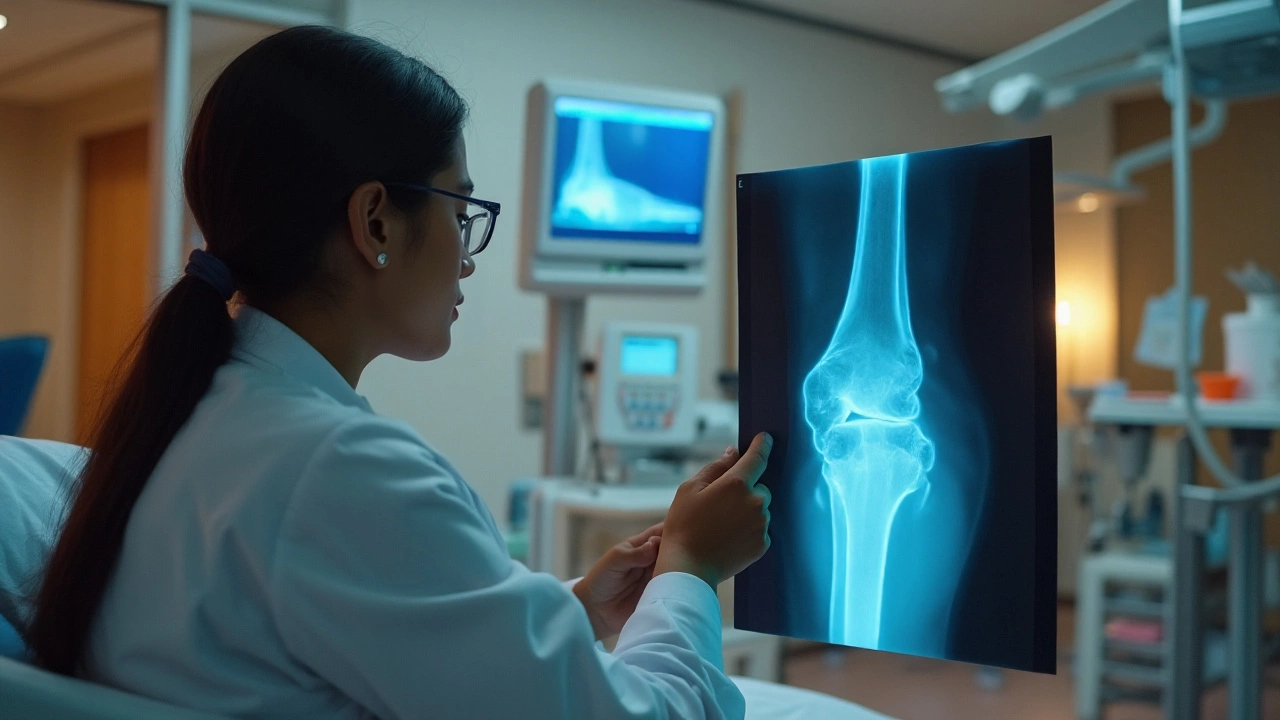Orthopedic Care: What You Need to Know About Recovery, Pain, and Movement
When you hear orthopedic care, the branch of medicine focused on bones, joints, muscles, and the systems that let you move. Also known as musculoskeletal care, it’s not just about fixing broken bones—it’s about getting you back to walking, climbing stairs, or playing with your grandkids without pain. Most people think orthopedic care ends when the surgery is over. But the real work starts after the bandages come off.
Knee replacement recovery, a common orthopedic procedure where damaged joint surfaces are replaced with artificial parts isn’t just about healing the incision. It’s about relearning how to bend, stand, and walk without fear. Many patients say the toughest part isn’t the pain—it’s the mental fatigue of daily rehab. That’s where physical therapy, a hands-on approach to restoring movement and function after injury or surgery makes the difference. Studies show people who stick with their therapy plan recover faster, feel stronger, and are less likely to need a second surgery.
The surgical safety checklist, a simple but powerful tool used in every operating room to prevent mistakes isn’t just paperwork. It’s the reason you don’t get the wrong knee replaced or have a tool left inside you. This checklist cuts infection rates, reduces complications, and gives you peace of mind before you even step into the OR. And when it comes to orthopedic surgery, procedures that repair or replace damaged bones and joints, knowing what to expect before, during, and after matters more than you think.
Some people think orthopedic care is only for older adults. But it’s not. Athletes, construction workers, even teens with sports injuries—all of them need it. Whether it’s a torn ligament, a pinched nerve, or chronic back pain, the goal is always the same: move better, feel better, stay active. And while surgery might be part of the plan, it’s rarely the whole story. The real power lies in what happens after—the daily stretches, the guided exercises, the patience.
Below, you’ll find real stories and facts from people who’ve walked this path. You’ll see what actually makes knee replacement recovery harder than expected, why some patients regret their surgery, and how a simple checklist can save lives. No fluff. No marketing. Just what works.
-
16
Visiting an orthopedic can be a bit daunting if you don’t know what to expect. In this article, we'll walk you through the typical procedures, tests, and treatments you might encounter during your visit. Learn why people often need orthopedic care and get practical tips on how to make the most of your appointment. Whether it's for a persistent joint pain or a sports injury, understanding the process can help ease your mind.
-
5
Orthopedics is a branch of medicine that specializes in diagnosing, treating, and managing conditions related to bones, joints, and muscles. In this field, experts use an array of techniques from non-invasive physical therapies to surgical interventions for improving patient mobility and quality of life. Understanding what orthopedics covers is crucial for those experiencing musculoskeletal issues. From managing fractures to complex joint disorders, orthopedics provides comprehensive care tailored to individual needs. Whether it’s preventive care or post-surgery rehabilitation, orthopedic healthcare plays a pivotal role in maintaining body health and function.

